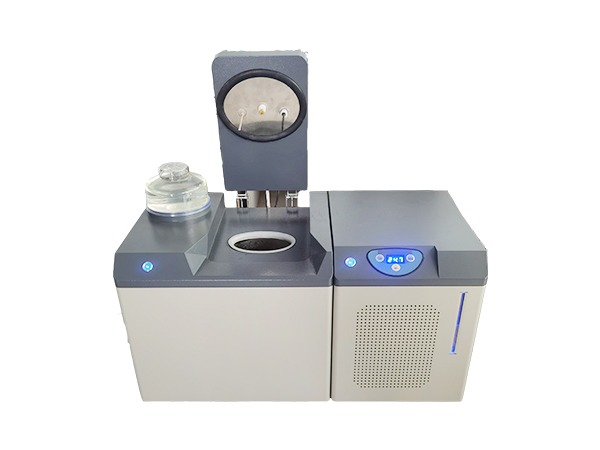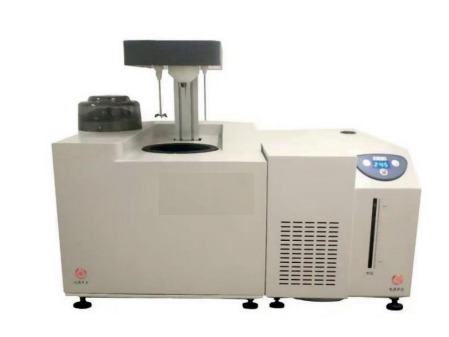Welcome to Hebi Xinda Instrument Co., Ltd.!
Working principle of coal testing equipment sulfur analyzer
The sulfur analyzer is a coal testing equipment that measures the sulfur content in coal. The instrument is mainly used to measure the total sulfur content in coal, steel and various minerals. Therefore, the sulfur analyzer can be used in laboratories of coal, electricity, metallurgy, geological exploration and related testing and measurement departments. Today, let’s take a look at the working principle of the sulfur analyzer.
1.Electrolytic cell and stirrer: The electrolytic cell is made of special glass and has a volume of about 400ml. A pair of electrolytic electrodes and a pair of indicating electrodes are fixed on the upper cover. The area of the electrolytic electrode is 1×1.5m2. The area of the indicated electrode is 0.3×1.0cm2. After the material is burned in the furnace, the released gas enters the glass melting plate gas filter through the quartz tube above the electrolytic cell and is sprayed into a fine mist so that it is completely dissolved in the electrolyte. The stirring rod is driven by the stirrer to stir the electrolyte evenly. The more stable the stirring speed, the more accurate the analysis results.

2.Temperature control and sample control: The temperature control knob of the controller can adjust the heating current of the silicon carbon tube in the combustion furnace. When the combustion furnace reaches the set temperature of 1150℃, the temperature control circuit acts and automatically adjusts the heating current to ensure that the high temperature point in the furnace works at a constant temperature of 1150℃ (±3℃) to ensure that the object under test is fully burned in the furnace. The sampling line controls the positive and negative rotation of the sampling motor to achieve the purpose of sampling positioning. The routing line is controlled by a computer.
3.Professional coal testing instrument combustion furnace: A tubular high-temperature furnace is used as the combustion furnace, and one end of the heating element is connected to a double-wire silicon carbon tube. The combustion tube uses a quartz tube, which directly enters the silicon carbon tube. The temperature control circuit heats the silicon carbon tube, and the platinum-rhodium thermocouple feeds back the temperature signal.
4.Air pretreatment and delivery part: This part consists of electromagnetic pump, air flow meter, dryer, etc. The electromagnetic pump drives the air in the electrolytic cell respectively, and the dryer mainly removes impurities and other acidic gases, air and water. Due to the high humidity of the air in the electrolytic cell, it is necessary to bake and replace the silica gel of the glass tube flow meter and the needle valve knob switch to adjust the gas flow.
5.Signal processing and interface circuit: The indication potential emitted by the indicator electrode of the electrolytic cell reflects the sulfur content of the electrolyte in the electrolytic cell. After the electrode indication signal is amplified, the electronic gate switch is controlled to output the electrolytic current to the electrolytic electrode in the electrolytic cell, and the coulomb integral of the electrolytic current is sent to the computer for processing. The interface circuit is specially designed for voltage conversion, isolation and sampling of the computer input and output ports. It is mainly used to prevent interference between signals.

